Conservation
Programs
Programs
Cerro Amay called us to action
Now the Jewels of Quiché need us!
Cerro Amay
Forest Primeval has been working in Quiché Department to protect Guatemalan cloud forest since 2008. There, in the lush highlands lies a mountain forest so pristine that you can watch clouds form directly from the emerald canopy. This haven for endemic amphibians, highland birds, and diverse mammals and plants is called Cerro Amay. Dr. Philip Tanimoto identified Cerro Amay using satellite imagery as the largest tract of intact yet unprotected tropical cloud forest in northern Central America and proceeded to direct the resources of Forest Primeval (previously Conservation Imaging) to its protection. After several years of grant writing and implementing agroforestry projects among the indigenous villages surrounding Cerro Amay, he attracted other conservationists to support the program.
Today, more than 11,000 acres of Cerro Amay’s virgin cloud forest are protected, and deforestation has been reduced. In 2016, the program was adopted by Guatemala’s premier conservation organization, FUNDAECO, but we are still underfunded, and we still need your help to support forest protection, community liaisons, and sustainable agroforestry projects that curtail deforestation around Cerro Amay.
Click to support Cerro Amay conservation projects!

Media
Jewels of Quiché
Quiché Department lies in the western highlands of Guatemala, off the beaten track, where stunning cloud forest remnants survive despite the odds. Here lies a series of ridges and isolated canyons where spectacular scenery and biodiversity are within virgin highland forest that keeps greenhouse gases out of the atmosphere.
We envision a set of five ridgeline reserves dominated by virgin cloud forest that will be connected by a 125km hiking trail and complemented by Guatemala’s very first protected river system. This is a collaborative initiative between us and the indigenous leaders of five municipalities in Quiché. Together, these projects represent a new paradigm for conservation in Guatemala. The forests extend from 5,500 feet (1,675 meters) to a stunning 10,900 feet (3322 meters) above sea level and capture some of the most spectacular scenery in the entire country. The currently unprotected river sections include parts of the Putul and Copón, the most pristine river reaches in Guatemala. Adopting the Wild and Scenic classification used by the US National Park Service, they will be designated as Guatemala’s first ‘Wild and Scenic’ rivers.
In previous meetings with local indigenous leaders of the Kíché Maya, we received sound endorsement and enthusiasm for our protection model. This project requires sustained commitment to the legal process that empowers local indigenous leaders to protect their communal forests. Now we need funding and action.
Click to support the Jewels of Quiché!


















